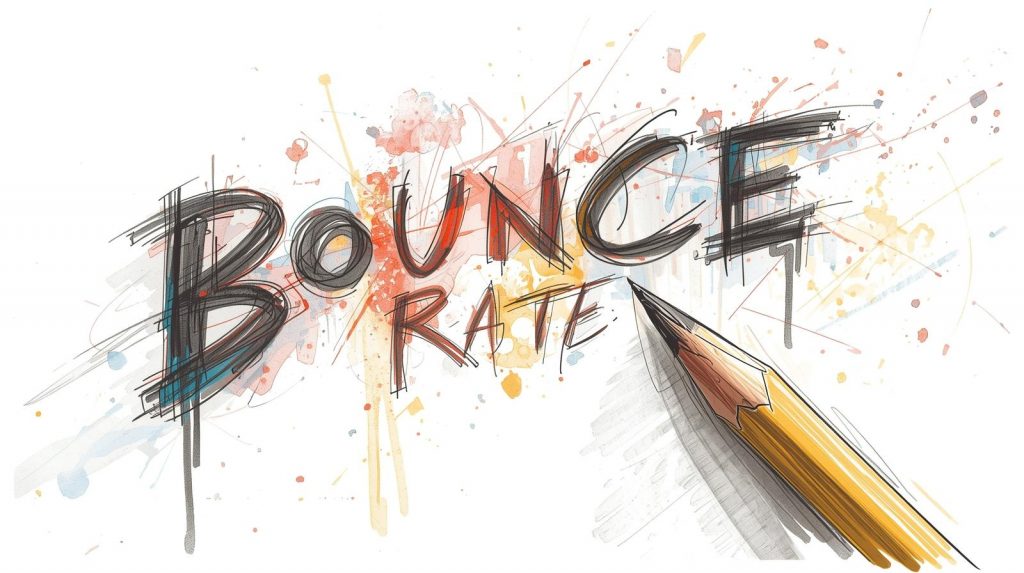
What is Bounce Rate?
Bounce rate is a key web analytics metric that measures the percentage of visitors who land on a webpage and leave without taking any further action. In other words, they “bounce” after viewing only one page.
For example, if 100 people visit a page and 60 of them leave without clicking on anything else, the bounce rate is 60%.
Why Bounce Rate Matters
Bounce rate provides insight into how engaging and relevant a webpage is to visitors. A high bounce rate may indicate that:
- The content doesn’t match user expectations.
- The page loads too slowly.
- The design or layout is confusing.
- The call-to-action isn’t clear.
On the other hand, a low bounce rate often suggests that visitors are finding value and exploring further.
How to Read Bounce Rate Data
When analyzing bounce rate, context is everything. Here’s how to interpret it:
- Compare Across Pages
Look at bounce rates for different pages on a site. A blog post may naturally have a higher bounce rate than a product page, since readers often leave after consuming the content. - Consider Traffic Sources
Bounce rates can vary depending on where visitors come from. For example, traffic from social media may bounce more quickly than traffic from search engines. - Segment by Device
Mobile users often behave differently than desktop users. A high bounce rate on mobile could signal poor mobile optimization. - Benchmark Against Industry Standards
Average bounce rates vary by industry. For example:- Content websites: 60–80%
- Retail/e-commerce: 20–40%
- Landing pages: 70–90%
Common Misconceptions About Bounce Rate
- High bounce rate isn’t always bad. If the goal of a page is to provide quick information (like a contact page), a bounce may still mean success.
- Bounce rate is not the same as exit rate. Exit rate measures the percentage of people who leave after visiting multiple pages, while bounce rate only counts single-page sessions.
Tips to Improve Bounce Rate
- Match content to user intent. Ensure headlines and meta descriptions accurately reflect what’s on the page.
- Improve page speed. Slow-loading pages drive visitors away.
- Enhance readability. Use clear formatting, visuals, and concise text.
- Add internal links. Guide visitors to related content or products.
- Optimize for mobile. Ensure the design is responsive and easy to navigate.
Final Thoughts
Bounce rate is a valuable metric for understanding user engagement, but it should never be analyzed in isolation. By combining bounce rate data with other metrics like time on page, conversion rate, and traffic sources, it’s possible to gain a clearer picture of how visitors interact with a website and where improvements can be made.
Leave a Reply